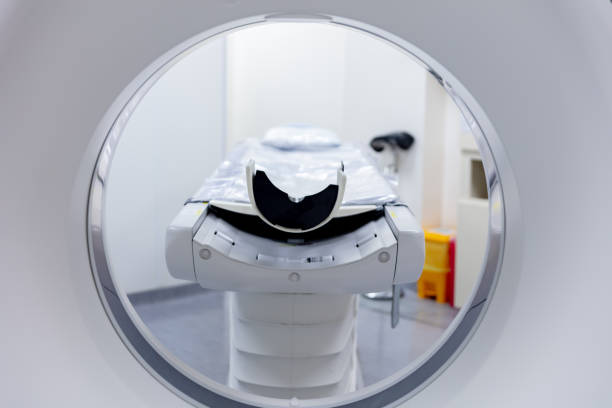
Stay tuned for the announcement about our MRI VR Game!
Stay tuned for the announcement about our MRI VR Game! Category: News More updates

Why MRI simulation is important?
1. Training and Education: MRI simulation allows medical professionals, particularly radiologists and MRI technologists, to train and educate themselves in a controlled environment before performing actual scans on patients. This training helps them understand the nuances of MRI scanning, including equipment operation, image interpretation, and patient positioning.
2. Optimization of Imaging Protocols: MRI simulation enables the optimization of imaging protocols. By simulating different scanning parameters and sequences, radiologists and technicians can determine the most appropriate settings to achieve optimal image quality while minimizing scan time and patient discomfort.
3. Quality Assurance: MRI simulation serves as a tool for quality assurance in imaging facilities. By simulating scans, technicians can identify potential issues with equipment calibration, patient positioning, or imaging protocols that may affect the quality of diagnostic images. This proactive approach helps maintain high standards of image quality and diagnostic accuracy.
4. Research and Development: MRI simulation plays a crucial role in research and development within the field of medical imaging. Researchers use simulation to develop new imaging techniques, optimize existing ones, and explore novel applications of MRI technology. This research contributes to advancements in diagnostic capabilities, image resolution, and clinical outcomes.
5. Patient Safety: MRI simulation contributes to patient safety by allowing healthcare professionals to practice and refine safety protocols for MRI procedures. This includes ensuring proper screening for contraindications, addressing patient concerns related to claustrophobia or anxiety, and practicing emergency protocols for scenarios such as contrast agent reactions or equipment malfunction.
6. Cost Efficiency: By simulating MRI scans, healthcare facilities can identify areas for process improvement and cost savings. For example, optimizing imaging protocols can reduce scan times, leading to increased throughput and efficiency. Additionally, identifying and addressing issues through simulation can prevent costly errors or re-scans that may occur during actual patient exams.
7. Accessibility: MRI simulation can also improve accessibility to MRI technology in regions where access to physical MRI scanners is limited. Virtual simulation platforms or software tools allow medical professionals in remote areas to train, practice, and collaborate on MRI techniques without the need for physical MRI equipment.
Overall, MRI simulation is a valuable tool for training, quality assurance, research, and cost efficiency in medical imaging, ultimately contributing to improved patient care and outcomes.
#mri #mrisimulation #vr #virtualreality

Stay tuned for the announcement about our MRI VR Game! Category: News More updates

What is next for VR? Category: News The future of VR (Virtual Reality) holds several exciting possibilities and potential advancements: 1. Improved Hardware: There will